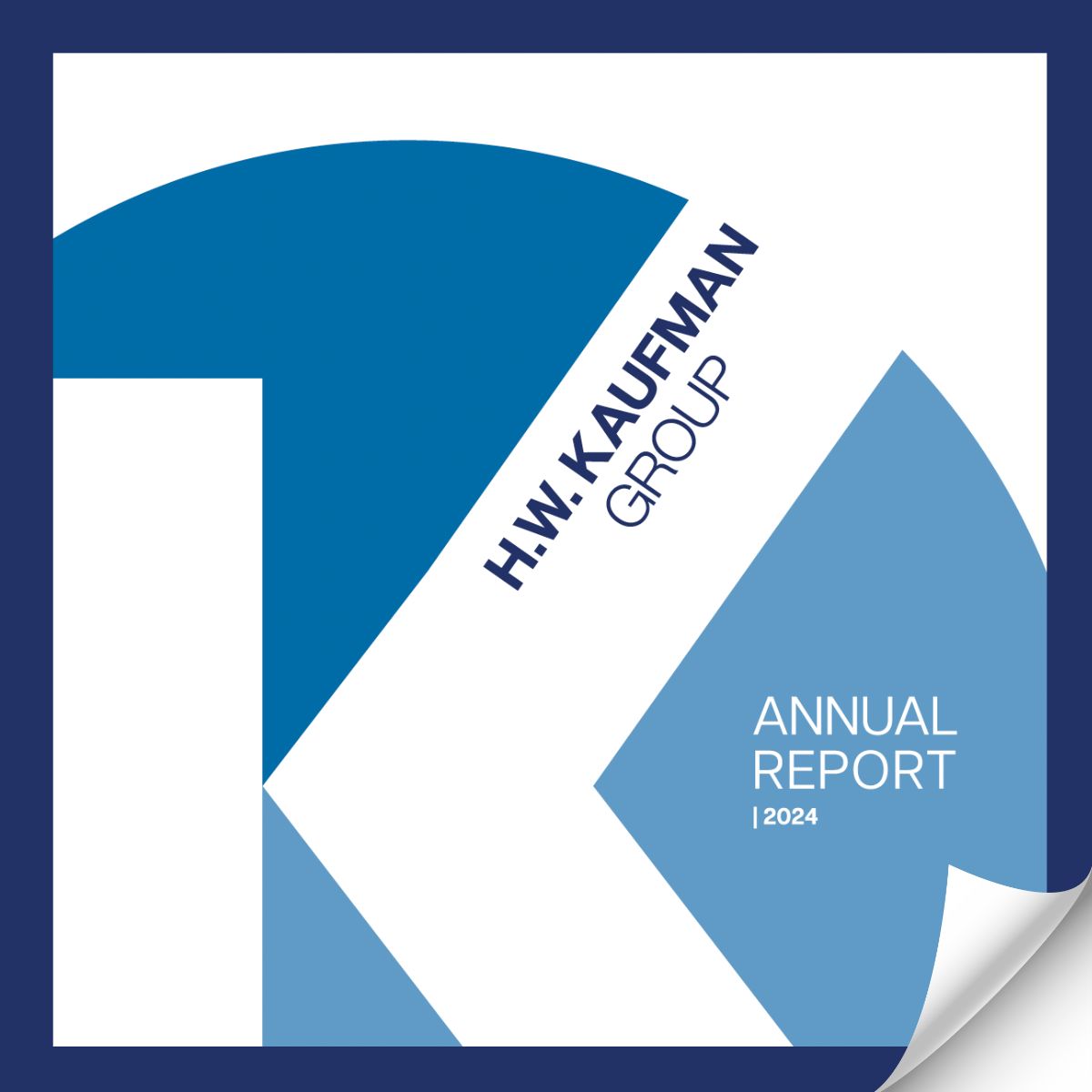The Transportation Insurance sector has been in a hard market for roughly a decade in the United States. It has since turned softer as a result of increased competition for business.
Throughout the first six months of 2023, carriers have been more willing to write an account and offer quotes for specific risks. This has led to:
- Interest from carriers in entering the Transportation Insurance market
- Capacity growth
- Carriers broadening the classes they are willing to write, and actively seeking submissions
- Renewal rates stabilizing to flat and low single-digit increases and, in some cases, small reductions
- Brokers and agents shopping for the most complete coverage at the best rates
Unlike the U.S., Canada remains in a tight market with firm premium levels and limited capacity. This has caused many independent brokers to recruit new sources of capital to help support client needs through agency/broker captive facilities. Building liability towers remains difficult in this environment especially given inflationary pressures.
Driver shortage remains a challenge
While a softening market can produce flat to lower premiums for some transportation companies, it doesn’t solve one of their biggest issues – the continued driver shortage. High driver turnover remains a problem for the industry even as job openings in other industries are increasingly being filled. This particularly impacts small to mid-sized fleets, who have a difficult time retaining drivers.
Less than ideal working conditions and time spent away from the driver’s family are two other reasons for this labor shortage, especially as a work/life balance becomes more important for many in the workforce.
Potential solutions exist such as creating new bonus structures to emphasize quality, safety, and load management. Recruiting foreign drivers, subject to acceptance by insurance carriers, and veterans could also build up the candidate base.
One temporary solution to the driver shortage is the slight influx of available drivers from recently shuttered transportation businesses—due to low freight rates and operational costs. While this partially alleviates the shortage, it is short term until the economy and trucking industry again regain momentum.
Renewal retentions are falling
While submissions are increasing, renewal retentions are falling in this softer U.S. market. It is a battle for carriers and brokers to keep every account given how competitive the market is. In fact, retention rates of only 50 to 60 percent are common and are historically lower than the over 70 percent retention rates usually seen.
Inflation has further stretched operational budgets. Given a more competitive increased capacity, companies are price shopping, looking for the opportunity to reduce insurance costs. Virtually every renewal will be shopped to multiple agents, brokers, and eventually carriers.
Given this competitiveness, it is a race for agents to get quotes for their clients. This trend is expected to continue in the foreseeable future.
Nuclear verdicts and the use of technology
At one point there was hope that the frequency of nuclear verdicts in the U.S. would diminish. But despite the short-term downtick at the start of the pandemic, our view is that these verdicts will get worse. Industry statistics indicate there was a 10 percent increase in truck and bus accidents that resulted in one or more deaths in 2022 compared to 2019 (about 5,000 in total), and an 8 percent increase in the number of fatalities from those accidents.
While states like Florida, Louisiana and Texas have experienced success in securing some levels of tort reform laws, other states have made little progress, limiting any improvement in macro nuclear verdict numbers. The recent increase in fatal accidents suggest carriers will continue to struggle to balance rates and retention with the expectation of a continuation of multi-million-dollar verdicts.
Our team in Canada is acutely aware of how these verdicts impact their clients and is prepared to help build towers to address capacity needs.
Fortunately, technology supports the need for trucking companies to have more visibility into their drivers’ routes and on-the-road operations. Many insurance carriers offer subsidies for clients installing camera and reporting technologies, including dashboard cameras, monitoring, and tracking devices.
Technology improves safety, more effectively measures driving performance and provides a first-hand account of what happened in the event of a claim.
Opportunities and tips for brokers and agents
Even with the increased competition for Transportation business, opportunities abound for brokers and agents. The increased flow of submissions means that new business opportunities will be more abundant than before. Additionally, demand for specialty Auto and Trucking has increased in both the non-fleet and fleet segments. Burns & Wilcox offers a full range of products to help meet the needs in this space and is better positioned than ever with a complete portfolio of carriers to provide quotes.
Many of the tips we’ve stressed the last couple of years remain. Complete submissions are required that include five-year loss runs, four quarters of international field tax agreements (if applicable), and a complete narrative of the account is preferred by carriers, giving clients a better opportunity to secure the most competitive proposal available. Brokers should also be proactive and organized with clients. In today’s more competitive environment, submitting these complete submissions 90 days in advance of the effective date is almost essential to prevent being blocked. At Burns & Wilcox, we pride ourselves on excellent service and responsiveness. We will work to help secure the best solution for your clients and help us establish a long-lasting relationship.
Contributors: John McGlynn, Director, Transportation, Burns & Wilcox Canada; William Mills, Director, Transportation, Burns & Wilcox; Courtney Galle, Underwriter, Transportation, Burns & Wilcox
This commentary is intended to provide a general overview of the issues contained herein and is not intended, nor should it be construed, to provide legal or regulatory advice or guidance. If you have questions or issues of a specific nature, you should consult with your own risk, legal, and compliance teams.






